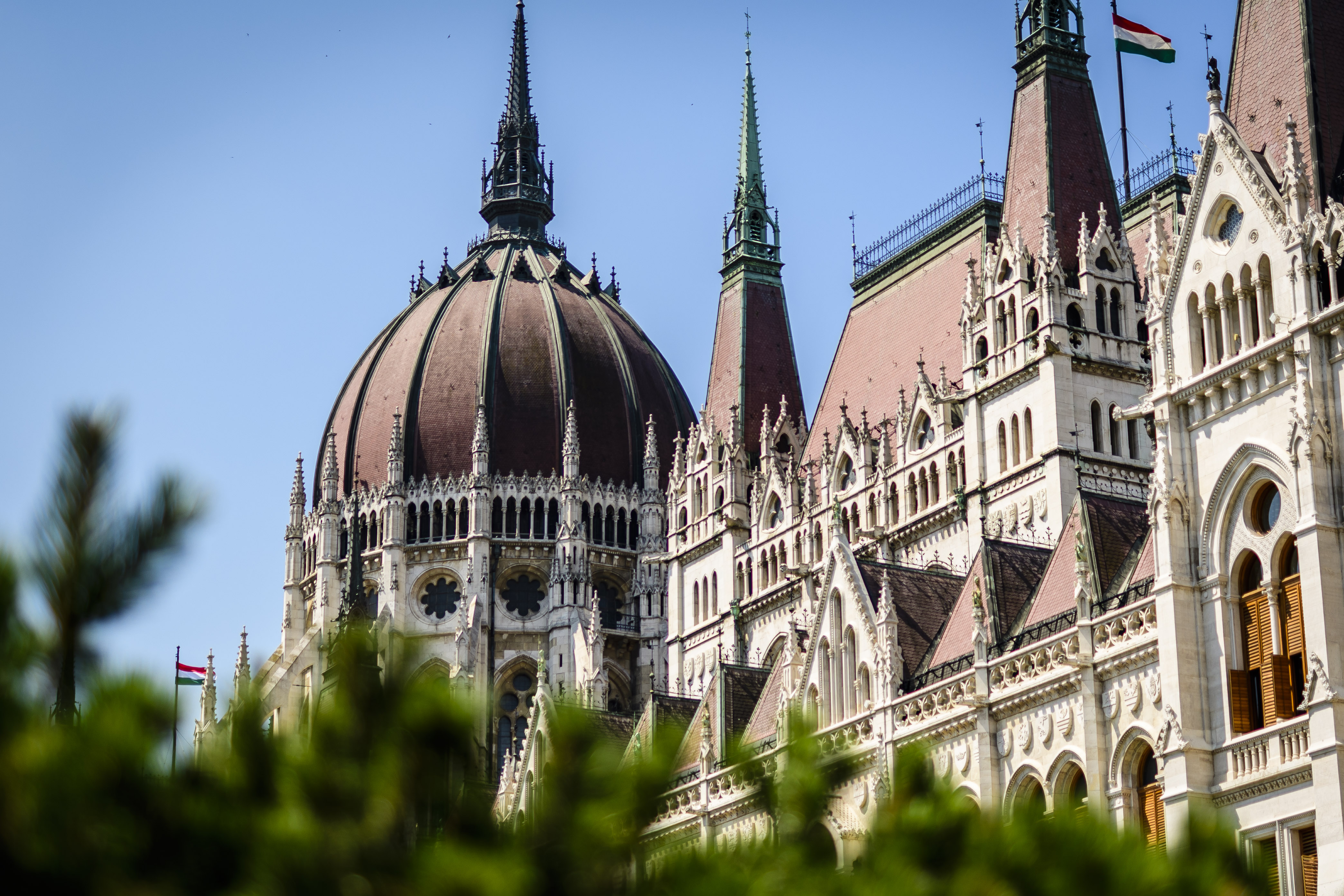Friday, 22 October
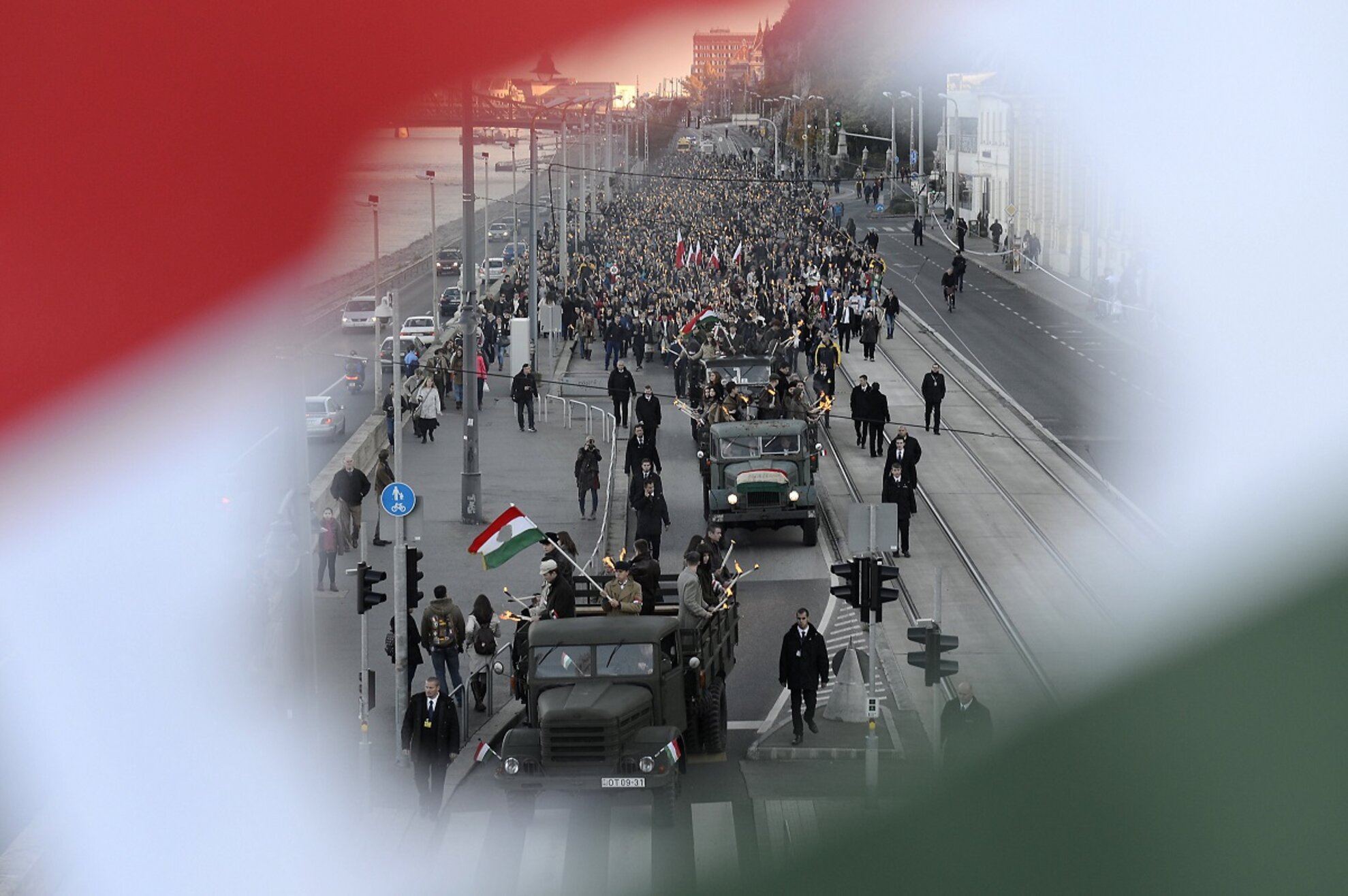
A memorial ceremony at the Budapest University of Technology and Economics – the venue that served as a significant site during the 1956 events – takes place at 2pm, before a procession sets off at 4pm from outside the building. Students, some dressed in the clothes of the time, then march along the Danube riverfront, continue to Szent Gellért tér, Várkert rakpart, Ybl Miklós tér, Clark Ádám tér, Fő utca, before reaching Bem tér, where the procession concludes at 5pm with speeches.
From 6.25pm, light projections will be screened onto the walls of the nearby Foreign Ministry building between Csalogány utca and Nagy Imre tér, and will continue until 11pm.
Saturday, 23 October
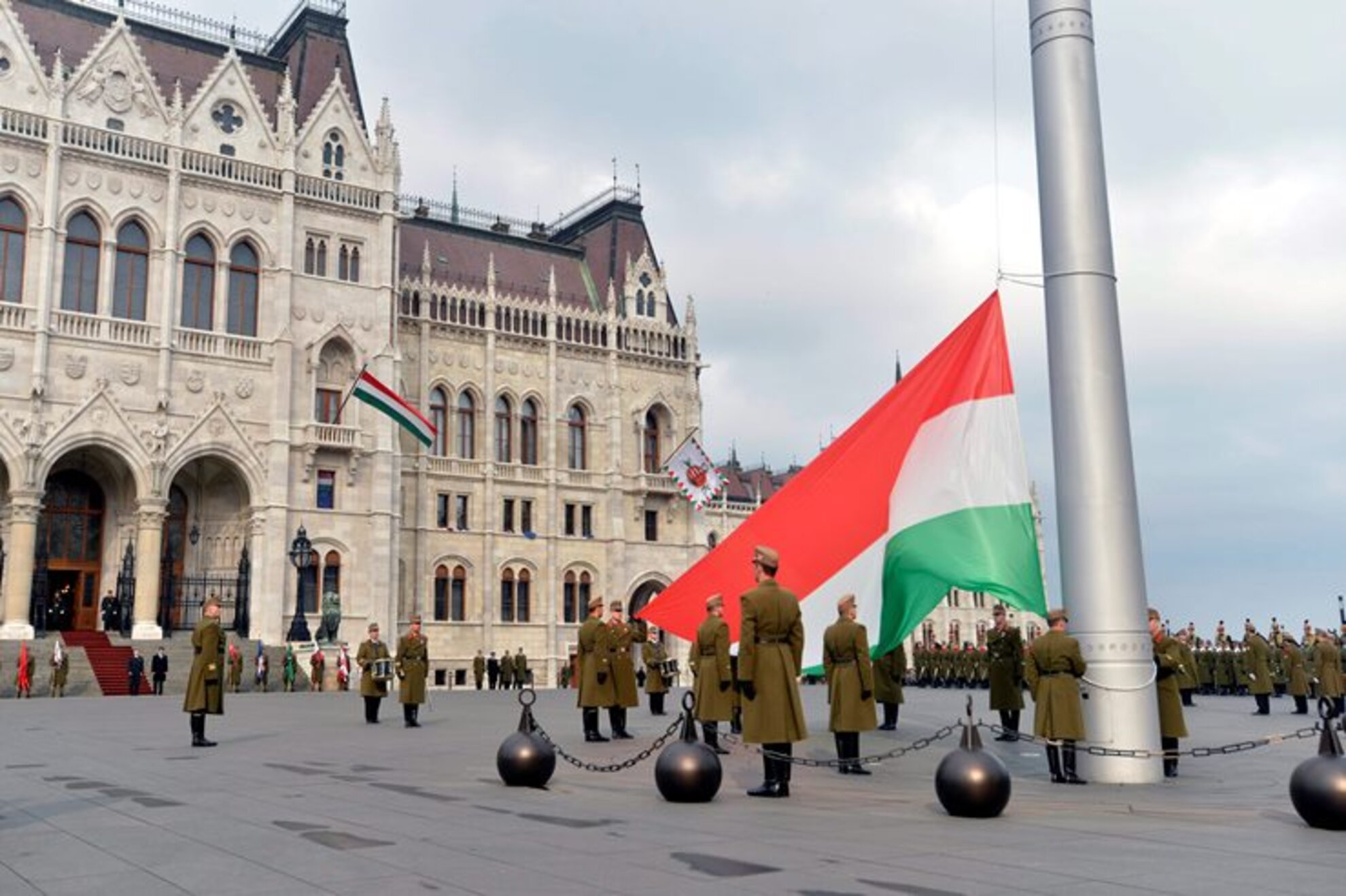
At 9am, Hungary’s national flag will be hoisted on Kossuth tér in front of Parliament. An original lorry from the Csepel factory, whose workers played a major role in the 1956 Uprising, will be put on display.
Between 9am and 4pm, Parliament will be free to enter, with some of the building’s most impressive sites on view, including the Grand Stairway, the central Dome Hall and the Holy Crown of Hungary (from 10am). Registration is not required to join these tours, but lengthy queues are expected. For more information, visit the Parliament’s official website.
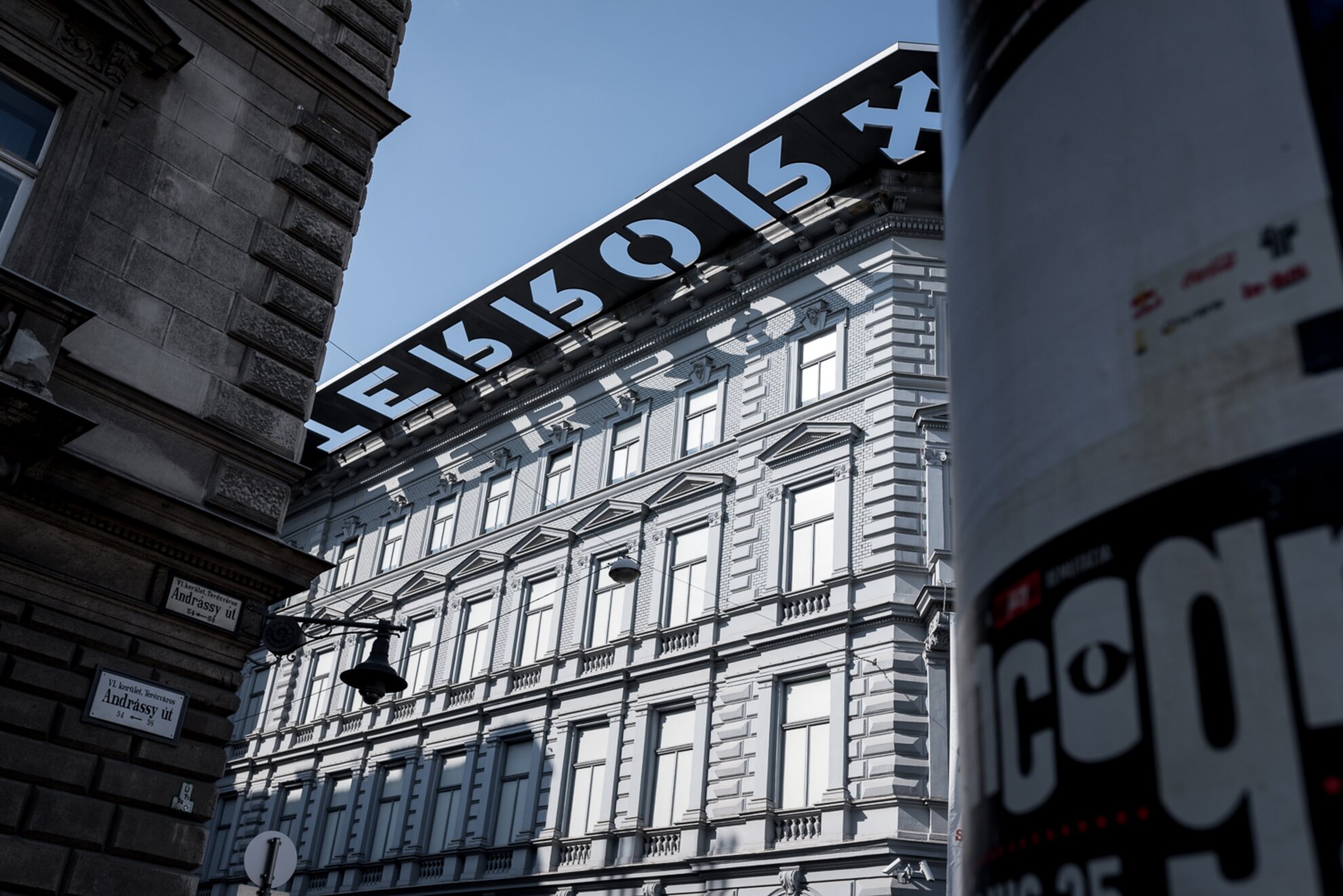
Elsewhere in town, the House of Terror Museum will be free to enter. Housed within the former secret police headquarters of the State Security Office, this unsettling exhibition focuses on the atrocities that occurred in Hungary under the post-war Communist regime.
The museum is open from 10am to 6pm, with free admission for visitors who register at the ticket office inside the building. Candles will be lit on Heroes’ Wall outside. A light show will then be projected onto the side of the building after dark.
Up in the Castle District, the Museum of Military History awaits visitors with free admission between 9am and 5pm, as well as all kinds of family-friendly events throughout the day.
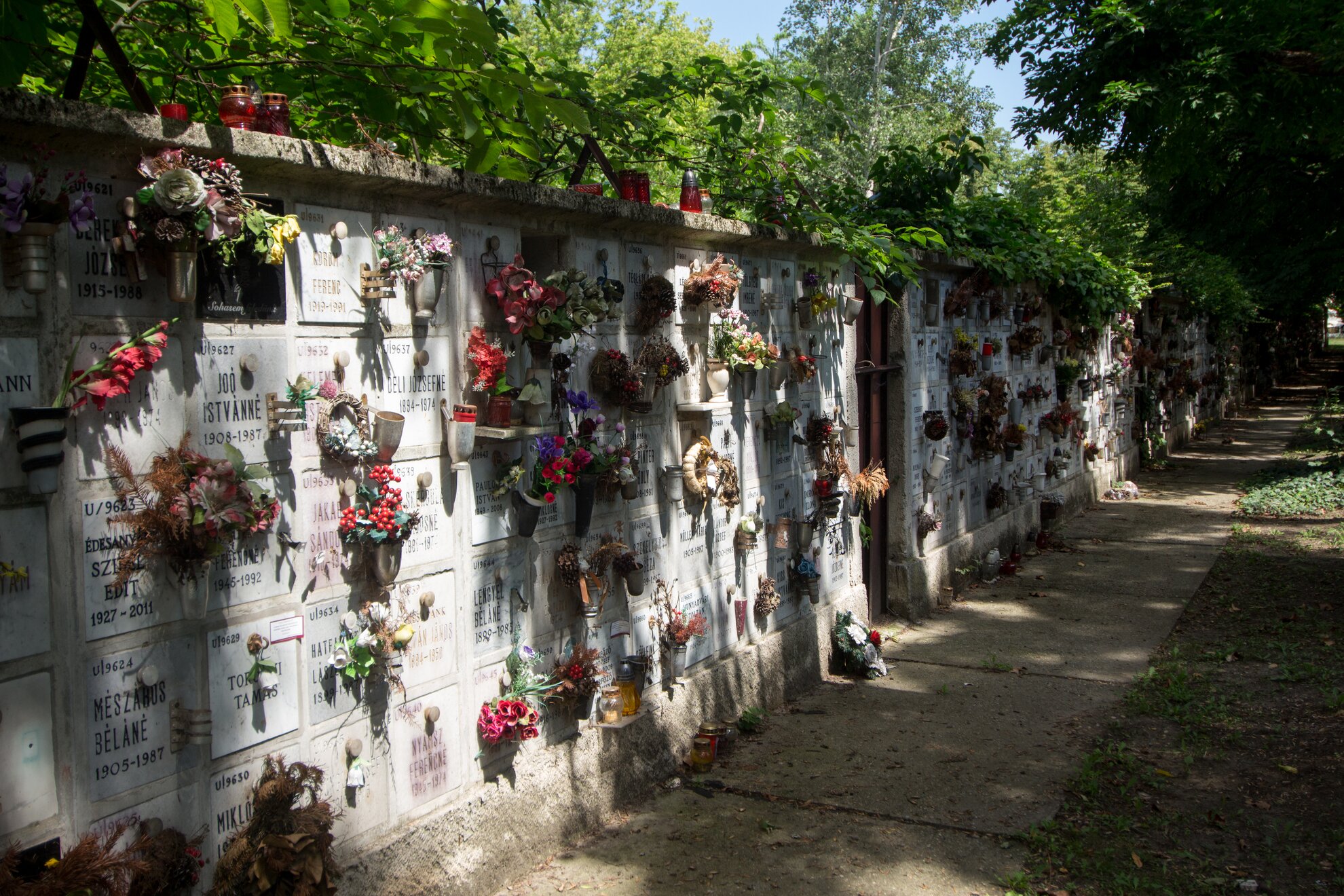
On a more sombre note, there will also be candles left around the grave of Imre Nagy, the infamous Plot 301 at the New Public Cemetery on Kozma utca, where the Hungarian leader was secretly buried. Here he lay until his ceremonial reburial in 1989, a major step in the collapse of Communism during that momentous year. If you're interested in visiting the cemetery, see our video here.
